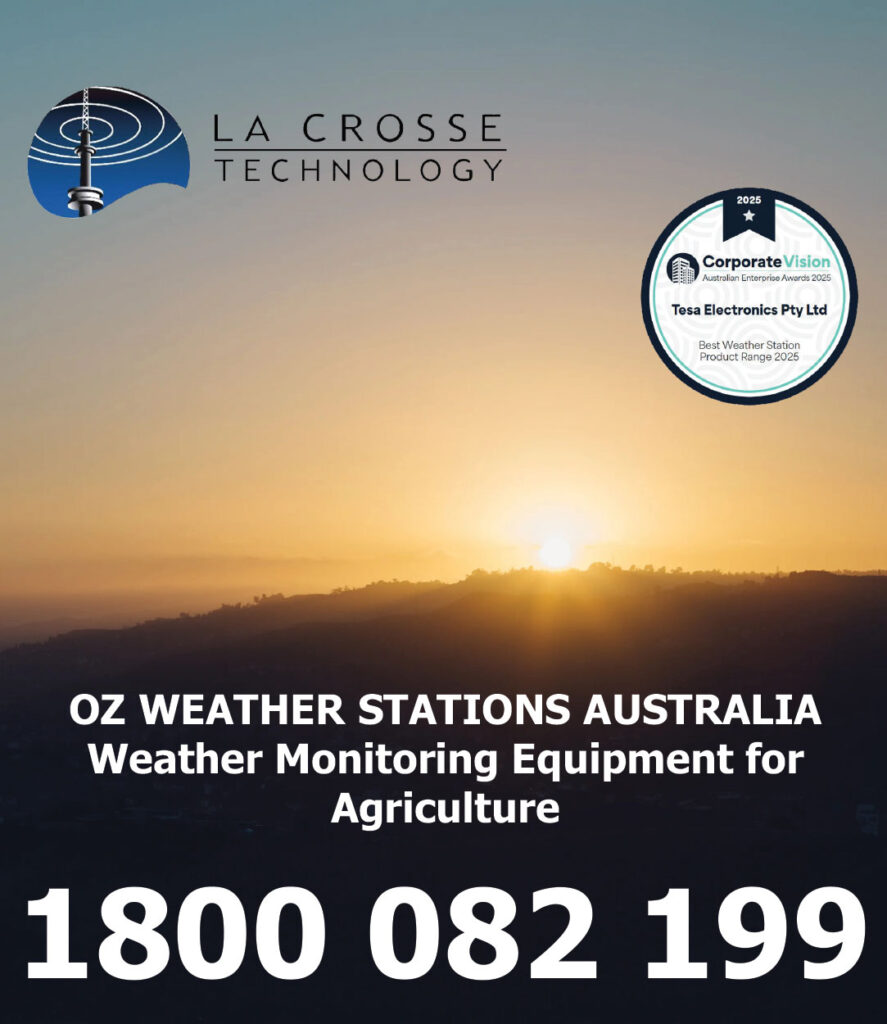Twelve rural community hubs across Australia have been selected to receive $10,000 each to upgrade their facilities, as the recipients of Rabobank’s 2025 Community Hub Program funding.
The program, which ran throughout August, was open to all local rural halls and community centres across the country and attracted almost 300 entries.
Running for the first time in 2025, the Rabo Community Hub Program was developed by Rabobank after its client council network identified the vital role halls and community centres play in providing a suitable location for farming and rural communities to come together.
The total of $120,000 of funding for the program will come from the Rabo Community Fund, set up in 2021 for the purpose of supporting initiatives to help strengthen the vitality and sustainability of rural and regional communities and backed by an annual contribution from the Rabobank Group. The funding will be used by recipients for work that improves the facilities of their nominated hall or community centre.
2025 Rabo Community Hub Program recipients:
- Rowena Community Hall Rowena NSW
- Reids Flat Public Hall Reids Flat NSW
- Coalstoun Lakes Memorial Hall Coalstoun Lakes QLD
- Hannaford Club Incorporated Hannaford QLD
- Kilcummin Hall Clermont QLD
- Willalooka Hall Willalooka SA
- Tooligie School Site (1938–1961) Tooligie SA
- Lorinna Community Hall Sheffield TAS
- Evansford Community Centre Evansford VIC
- Poolaijelo Memorial Hall Poolaijelo VIC
- Bulyee Hall Bulyee Road WA
- Yorkrakine Hall North Tammin WA
Rabobank Australia CEO Mark Wiessing said it was “terrific to see the program attract so many entries in its first year”.
“We recognise the significant role that local halls and community centres play in rural communities and anticipated a high level of interest in the program,” he said.
“But we were surprised by the large number of entries. It really highlights how many rural Australian community hubs need a little extra support.
“The recipients will be using the funding for a broad range of upgrades, including installing reliable water supplies, replacing leaking roofs, structural repairs to buildings, repainting, fencing, upgrading kitchen facilities and installing child-safety equipment.”
Mr Wiessing said the bank’s Rabo Client Councils were allocated the challenging task of selecting 12 recipients.
The Rabo Client Councils are a group of innovative, forward-thinking clients who are passionate about making a difference in their communities and support a range of activities designed to make a meaningful impact on the vibrancy and resilience of rural Australia.
“The Rabo Community Hub Program has demonstrated the huge variety of community groups that are utilising their local community hall or centre for all sorts of different events,” he said.
“These venues are vital gathering spots for farming communities, offering safe spaces for locals to gather, especially in remote areas. They also provide refuge during emergencies and provide a venue for community education and learning.
“Many of the nominated halls and centres have been around for a long time, and it’s clear that some of these buildings and sites have played a big role in the history of their local area.
“We hope this funding helps recipients make the most of their buildings, and we look forward to updates on their facility upgrades.”
Mr Wiessing said the program was part of the broader work the bank was doing alongside its Rabo Client Councils to grow and strengthen rural communities.
“Our Rabo Client Councils have a deep understanding of the issues facing rural communities across Australia, and we’re committed to continuing our work with them to develop initiatives, strategies and ideas that advance farming and rural communities,” he said.
“Since the formation of the Rabo Community Fund in 2021, we’ve committed over $3 million of funding to rural community projects, and we’re really proud of the impact these initiatives are having across rural Australia.”
The fund is focused on helping address key agribusiness industry and community challenges. These relate to six key themes, focusing on long-term industry capacity and agricultural education, environmental sustainability, rural/urban connection, natural disaster resilience, rural wellbeing and adaptation/disruption.










